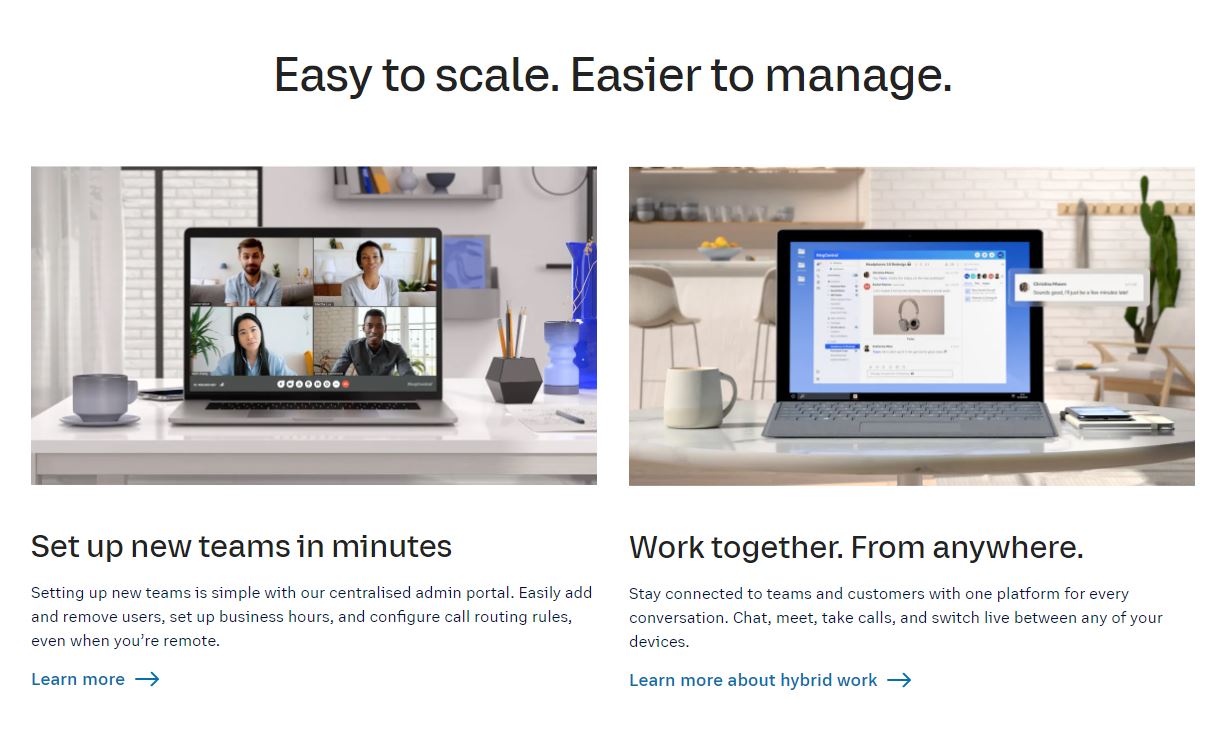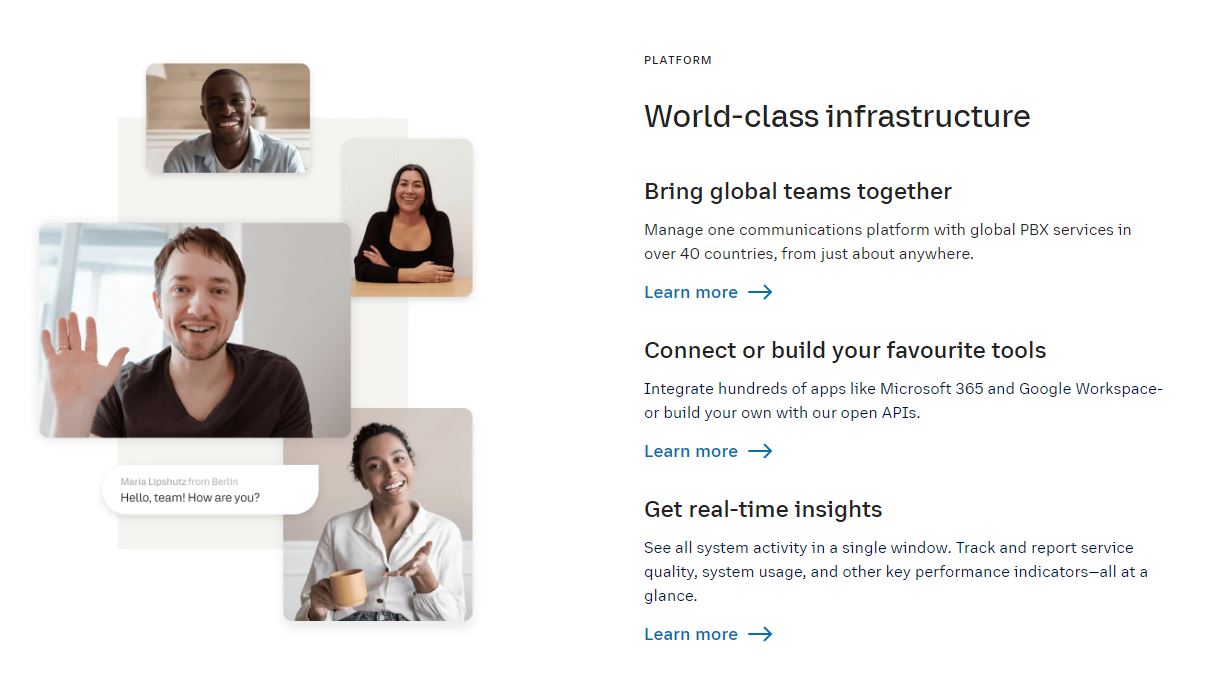Reaching out to your customers is one of the most important parts of a sales strategy. Increasingly, customers expect to be able to reach brands in more than one channel, reflecting the wealth of communication channels at our fingertips.
To make your business competitive in the market, you need to provide a comprehensive and positive customer experience. A vital element of this is to work across multiple channels to communicate with your customers and provide appropriate support.
________
What is an Omnichannel Customer Experience?
Omnichannel customer experience is the term used for a company that interacts with, supports, and sells to customers across multiple retail and social channels. This strategy treats each customer interaction – or “touchpoint” – as part of the whole brand image.
Some of the common touchpoints that you might encounter include:
- Social media platforms such as Facebook, Instagram and LinkedIn
- Website and landing pages
- Mobile technology and messaging
- Offline channels such as brick-and-mortar stores
The goal of this is to create a seamless experience that meets customer needs and maintains a solid and consistent brand voice. A consistent experience with a brand helps to build customer trust and promote long-term customer relationships.
________
Virtual omnichannel vs. multichannel experience
There are a number of small but important distinctions between virtual omnichannel customer interactions and multichannel experiences.
Virtual omnichannel
Virtual omnichannel strategies focus on the virtual environment in which customers interact with a brand. These are increasingly crucial customer touchpoints as more and more business is done remotely and virtually.
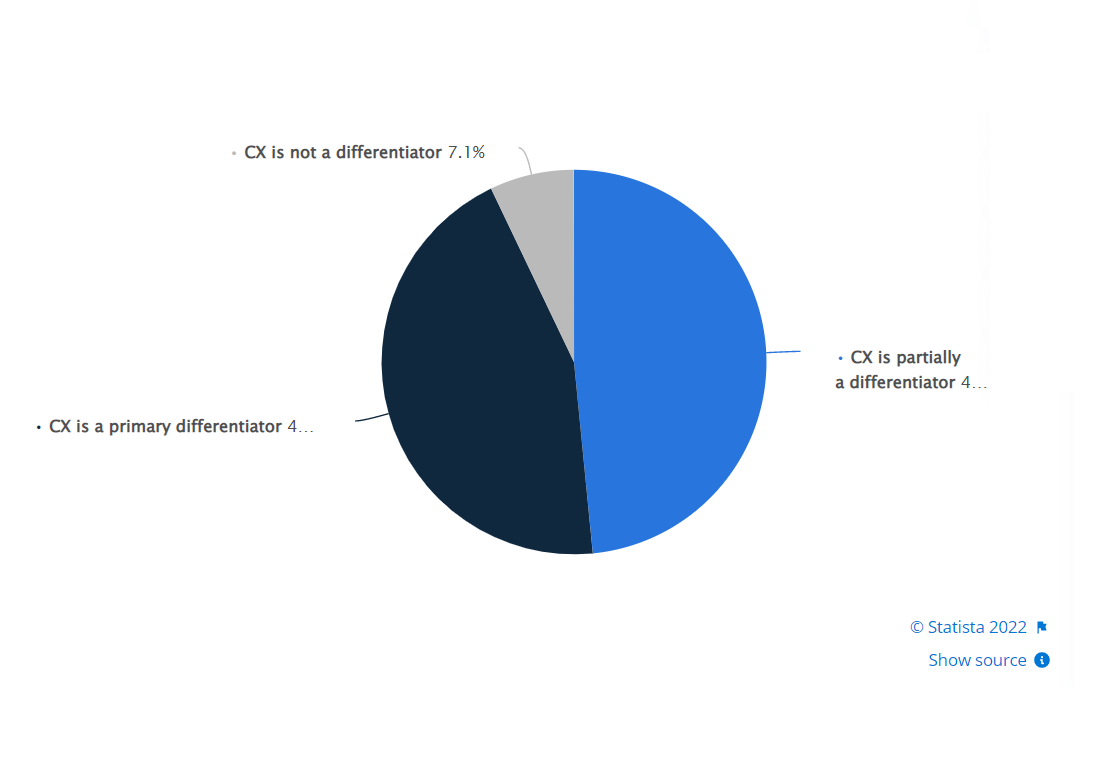
Online clothes retailers often provide a good example of virtual omnichannel experience. They may be entirely virtual companies without retail stores, which means that they focus on virtual omnichannel customer experience. Their customer service teams work across phone, email, and a live chat service. They advertise their new products and services across multiple social media channels and search engine rankings.
One of the major benefits of virtual omnichannel experiences is that you can rely on a central design and marketing team to create consistent content across channels.
Multichannel Experience
A multichannel experience can incorporate multiple virtual channels, but it also contains offline touchpoints like TV and print advertising, as well as retail stores and brand ambassadors.
In order to make your multichannel brand experience as smooth and consistent as possible, you’ll need to think carefully about your brand voice, image, and goals before implementing any of your ideas.
What’s also worth noting is that a “multichannel” experience isn’t always as seamless or consistent as a true “omnichannel experience”.
________
Benefits of omnichannel customer experience
There are huge potential benefits to a brand with a cohesive omnichannel experience for customers. Some will depend upon your industry and the level of interaction that your customers expect, but these benefits are generally accessible to any company with a strong omnichannel strategy:
- Customer loyalty. Meeting and exceeding customer expectations is a great way to raise customer satisfaction and promote brand loyalty in your customers. This might also help to extend the customer lifecycle and improve customer retention.
- Effective marketing. Having an omnichannel strategy allows you to market your product or service across multiple platforms and reach a highly targeted audience.
- Brand reach. Using multiple channels, particularly virtual channels, is a great opportunity to reach new audiences that you hadn’t previously reached or considered as target customers.
- Long-term growth. The goal of omnichannel customer experiences is to nurture strong business relationships. This, in turn, can lead to increased sales, word-of-mouth recommendations, and long-term revenue. This is a crucial part of achieving sustainable growth for your business.
Omnichannel marketing for customer engagement can be adapted to the needs and capacities of your business, making it a flexible and effective way of sustainably growing your brand.
________
How to create your own omnichannel customer experience journey
Let’s deep-dive into how to create your own omnichannel customer experience journey. This means that you can adapt this advice to the needs of your business. As you can see below, many ecommerce companies view adopting an omnichannel experience as “very important”:
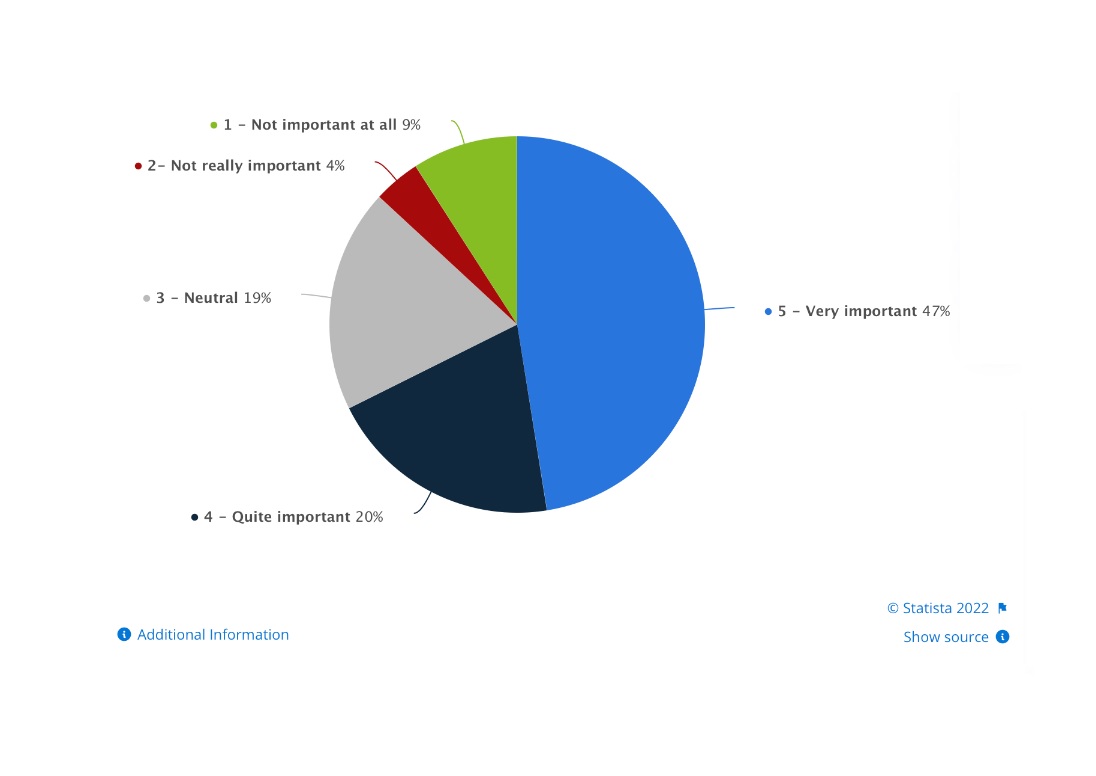
The customer journey is the experience the customer has at every interaction between first contact and the end of their customer lifecycle, at least until the point of post-sale support. There are several steps to take, to make it as efficient as possible:
Research your customers’ touchpoints
Knowing your audience is the most important part of omnichannel marketing and sales. You cannot reach out to your customers and make their experience great without knowing who they are and what they need from you.
Your first step is to understand where your customers are. This means identifying the online and offline spaces that your audience occupies and taking your sales and marketing strategy there.
These are some of the steps that you can take:
- Create an ideal customer profile (ICP).
- Search social media channels and conduct primary research into your customers’ preferred spaces.
- Look at business and government research into offline sales and demographics.
- Consider the level of post-sales support your customers need, including what to do when unforeseen issues arise.
Focus your efforts on these touchpoints. Doing so will save you wasted time and effort and make your strategy more streamlined.
Plot your customer journey map
A customer journey map is a chart or document that maps out every touchpoint in your customer lifecycle. It charts:
- Phases of customer lifecycle, from web search/first contact to payment and post-sales support.
- Goals and motivations for taking action.
- The experience that the customer is currently getting.
- Customer expectations for each stage.
This map will help you to identify current areas of weakness in your customers’ journey and focus on improving these. A strong customer journey map is vital to converting leads into customers and driving sales and customer retention.
Use the right tools
Planning and management tools are vital to the success of your omnichannel customer experience strategy.
Investing in these tools can have a very high pay-off in the long term, as they can help you to improve customer experiences, promote brand loyalty, and ultimately drive new and repeat sales.
Some of the tools you might use include:
- Customer relationship management (CRM) systems
- Customer data storage and databases
- Social media planning tools
- Inventory management and shipment tracking
- Cloud communication systems
Real-time data and results from your digital channels can help you to plan for the future.
For example, if you’re getting a high real-time exit rate from a particular landing page, it might be that this page is not consistent with the rest of your brand and therefore not working for your clients. You can then make changes to this page to bring it back in line with your brand identity.
Develop self-service options for customers
Sometimes customers want to get things done quickly. This often means having self-service options for troubleshooting. 88% of customers, in fact, expect brands to offer such support:
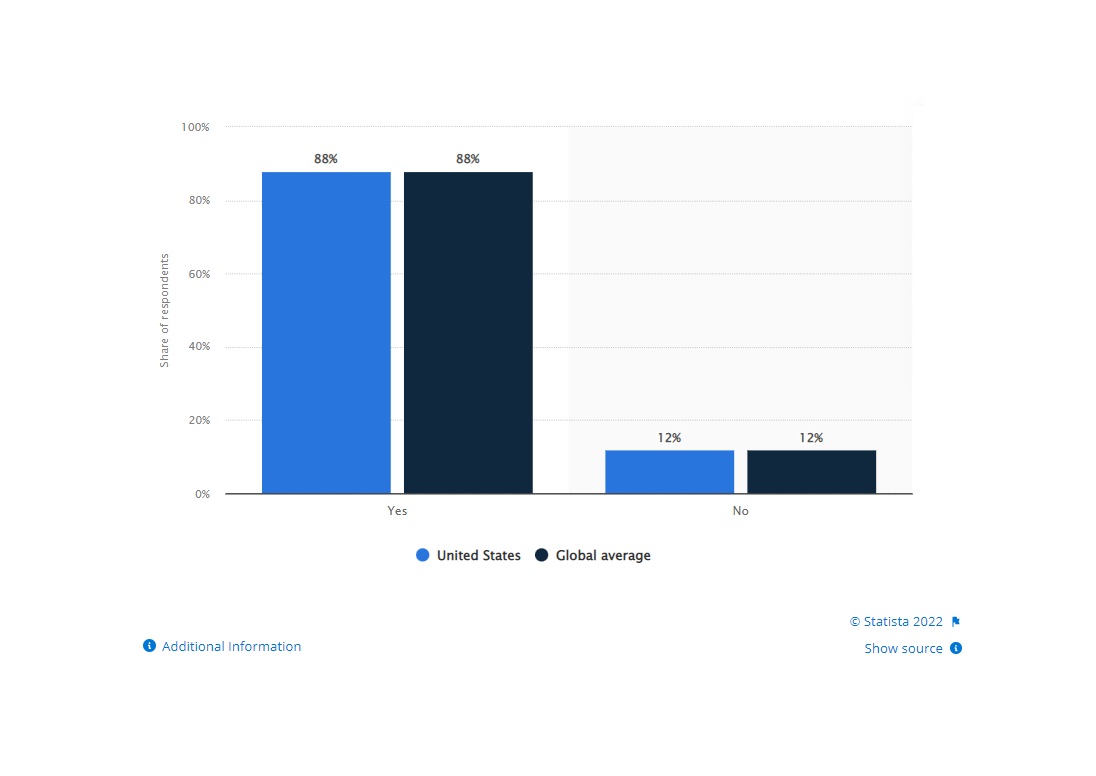
For example, if a client has purchased some new business management software from you and there are a set of known, small errors that come up often, you might want to create a database of information and solutions while your engineers eliminate the issue at the source.
The right balance between automation and human support
Each customer is different and your customer support options should reflect this. Taking an omnichannel approach to customer support means that you can meet the needs of individual members of your customer base.
If your customer has a quick question, then they might get in touch with your contact centre through live chat or use a chatbot. Chatbots are automated customer support chats aimed to answer common customer questions. AI has made these very accurate now, so customers are generally happy to turn to them with certain queries.
On the other hand, service agents should be on hand for more complex support. Bots can only do so much and only using these exclusively can be frustrating to customers and lead to a poor relationship with your brand.
________
How to improve Your omnichannel customer experience
Improving your omnichannel experience is a great way to foster stronger customer relationships and prevent issues or negative feedback. Here are the promised seven ways for your business to get it right:
1. Understand your customer
Primary research is your friend here. If you’ve already got a customer base, ask them for feedback after a sale or through email contact on what they feel that your customer experience is missing.
For example, you might engage with customers across social media platforms, but they may find that your brand voice is not consistent enough across these channels. Or, they may find that your website or phone service is lacking.
Understanding what your customer needs, and isn’t getting from you, can help you to make improvements.
2. Get support
Not every business has the capacity, knowledge, or resources to set up omnichannel marketing and sales by themselves. Get support from professional services in each area to make your services air-tight and reliable. For example, setting up a contact centre for post-sales support.
There is a potentially high return on investment with customer experience. Customers who have a good experience with a brand are more likely to return and make repeat purchases, meaning it’s typically a good idea to invest in professional support where possible.
3. Develop mobile capabilities
Mobile apps are, in general, an underused resource in terms of omnichannel customer touchpoints. They have a huge amount of potential to extend a company’s engagement with customers, expand the customer lifecycle, and provide personalised experiences to consumers.
There are currently 6.5 billion smartphone subscriptions in the world. Data traffic has doubled in three years. Smart mobile devices are becoming the most popular method of using online services for consumers. Mobile capabilities are pushing businesses up to the cutting edge of business communications.
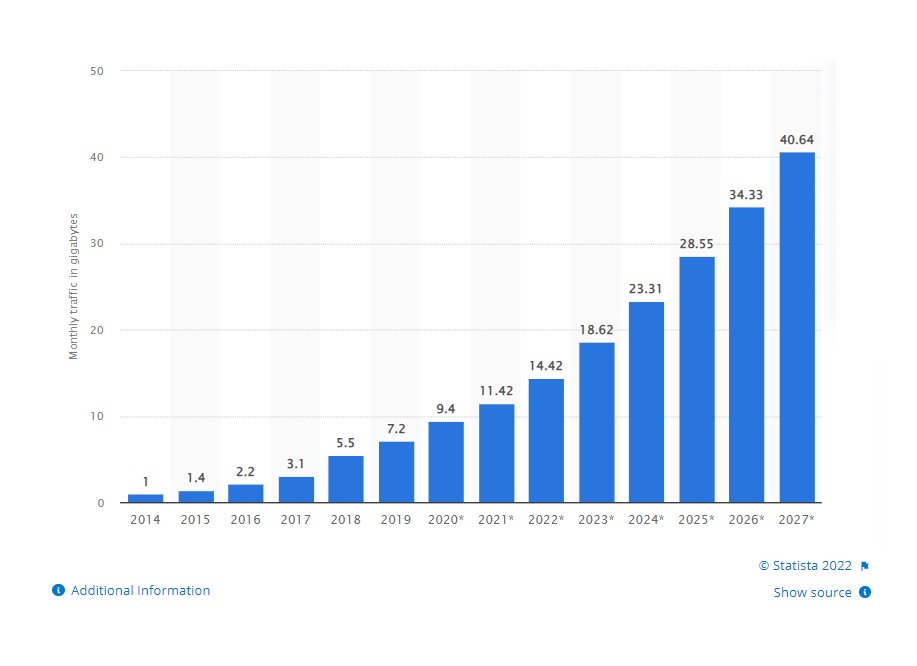
A common example of mobile apps for ecommerce is Amazon. Not only have they adapted their website into an app with good functionality on mobile devices, they have adapted all of their subsidiary features, such as Kindle and Audible, into separate apps. Not only does this increase their reach and audience share, it helps keep app functionality neat and simple.
User experience is vital to mobile capability. You should try to test apps with human and automated testing before releasing it, as poor app functionality will have a poor result for your brand image.
4. Content analysis
Use customer data analytics (within the confines of data protection law) to shape your future content. For B2B businesses particularly, informative web content is a must and forms a major touchpoint between client and business. Your web content needs to demonstrate that you are relevant, reliable, and an industry authority who will fulfil the needs of your clients.
Your content analysis should look for, among other things, appropriate keywords and in-depth descriptions of services.
5. Omnichannel approach offline
It can be easy to forget that there is more to an omnichannel customer experience than different digital platforms. Offline channels, such as retail stores and print marketing, are incredibly important to the overall experience of customers. You still need to consider your in-person interactions when deciding on your tone of voice and brand ethos.
For example, if your brand voice is familiar and informal, then your in-store customer service and experience needs to reflect this. If, on the other hand, your brand identity is formal and professional, this should be reflected in the attitude and bearing of your customer-facing colleagues.
Every touchpoint that your customer experiences should line up to create one single consistent experience.
6.Choose channels wisely
Using various channels to reach your audience is a great way to meet and exceed customer needs and expectations. However, you need to balance this with the resources and capabilities of your team. If you choose to focus on too many channels at once, then you may fail to keep up with communications with your customers.
For example, it’s sometimes not enough to know that your customers are on social media. If you have a small team or budget (or both), then you need to know exactly which platform you’re focusing on.
A small ecommerce business might focus on Instagram and Facebook for direct B2C marketing, whereas a software company might choose to focus on LinkedIn and Twitter for B2B and making connections.
Things to consider when choosing your channels:
- Expertise already in your team.
- The location of your customers.
- Budget and team capacity—especially for physical stores and large commitments.
- ROI on advertising and costs.
- What has worked for other businesses in your sector.
It can take a while to choose your channels. Have patience with your team, and keep in regular communication to analyse your strategy as you go along.
7. Be consistent
Omnichannel retail carries the risk of inconsistency compared to single-channel engagement with consumers. Consistency is key to maintaining a strong brand voice and identity.
A strong brand identity is important because it builds trust in your customer base, helps them to understand what you’re doing as a company, and supports growth.
Take the time to discuss your brand identity and how you will communicate this across your different channels with your marketing and sales team. Things you might want to consider when doing this:
- Colour scheme and visual images.
- Tone of voice in copy and in-person interactions.
- Brand ethos and USPs of products.
- Emphasis on support and quality.
- Chosen channels and communication methods.
Set a clear goal when you’re discussing omnichannel communications so that your team has something to work towards.
________
Insight into building omnichannel customer experience
Omnichannel customer experience is a journey. Omnichannel journeys take time and effort, so it’s crucial that you understand what goes into this process and gain some insight into innovations in omnichannel customer experience.
Digital channels influence the way customers interact
Digital channels are incredibly popular right now. Customer engagement is soaring because brands are using social media; platforms that are explicitly designed for informal and rapid communication. This is leading to better customer experience online because it’s influencing the way that customers interact with brands.
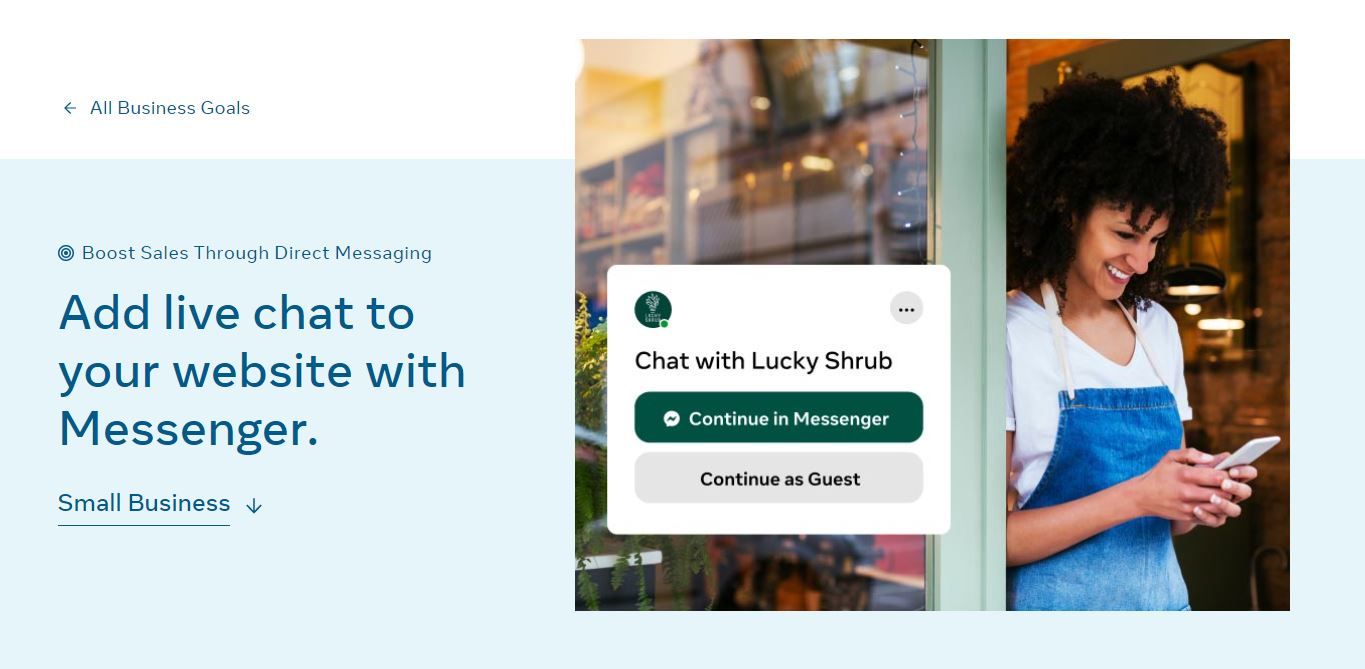
For example, consider a restaurant chain newly using social media. They may have previously dealt with complaints and feedback over the phone or in-person. Now, they are able to take comments on Facebook, Instagram, and Twitter. They have chosen these because similar chains have had success with their customer base here.
Customers are likely to feel catered-for when they don’t have to go out of their way to give feedback. If they can do so on an app they are already using, then you’re making this activity more convenient. Customers value convenience. Combining convenience with excellent service is a proven way of improving customer retention and sales.
Digital performance is crucial
Today’s business market is competitive. In order to stay ahead of the competition and achieve your business goals, you need to demonstrate outstanding performance across your multichannel customer communications.
One of the ways that you can do this is to diversify the ways in which customers can contact you, and make sure that these channels are consistently monitored. Even customers who have had a poor experience with your brand in the past can be converted into leads or loyal customers if your post-sales service is excellent.
To do this, you’ll need to know where your customers are and how to communicate with them in terms of tone and style.
For example, fewer people are now using SMS, instead favouring online messaging due to wider access and speed. If you use SMS for your business, look at your business’ demographics to see whether this is still an appropriate way of communicating.
Identify all touchpoints throughout the customer journey
Each individual interaction that you have with a customer is known as a touchpoint. All of the touchpoints of a customer’s lifecycle are known collectively as the end-to-end customer journey. This journey includes the timeline of customer interactions and the likelihood of recurrence.
You should have easily identifiable touchpoints at every stage in the customer journey. Customers and colleagues alike should be able to identify these and know how they relate to your customer-facing business processes.
Consider a social media marketing firm as an example. They have set up a new omnichannel customer experience strategy to take on three new clients. Their end-to-end customer journey might look like this:
- Awareness: The client has seen an Instagram advert describing what the firm does and clicked on the website link in their bio as a result.
- Website landing: The client arrives on the website, likely the homepage, and receives their first major impression of the business in a professional capacity.
- First page: The first page with web copy or information that the client sees. This page indicates to the client how reliable and relevant the firm is to their needs.
- Navigating: This touchpoint relates to functionality of the website. Because the client has specific needs, the firm’s website should be easy to use and demonstrative of their creativity and skill.
- Consideration: The client reaches out to the firm to discuss their needs and whether the firm can meet them.
- Transaction: This is the most hands-on touchpoint, where the firm agrees upon the work for the client and proceeds with the project.
- Post-sale: A help centre or email contact for the client if they need clarification or assistance after their project has been delivered.
Some businesses have more or fewer steps than this, depending on the nature of their business and client base.
________
Start building stronger relationships with your customers today
Omnichannel customer experience is a crucial investment of time and effort for a customer-centric business. It helps businesses to maintain a consistent public-facing persona and build strong, long-term relationships with their customers.
This approach lets customers know that they are valued by the brand and has excellent practical applications, in that it allows customers to contact brands in the way that suits them.
Originally published Jul 04, 2022, updated Jul 29, 2022

